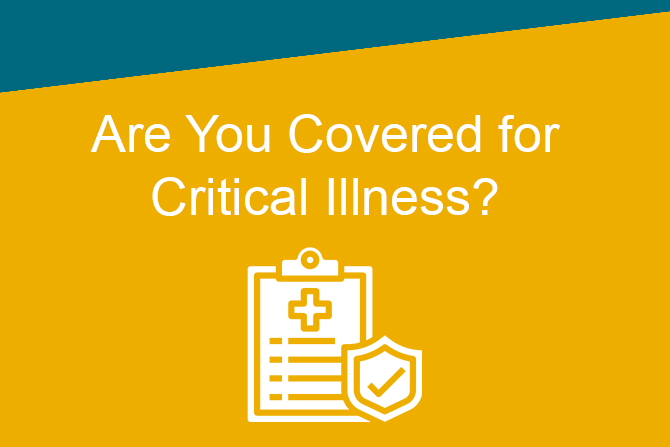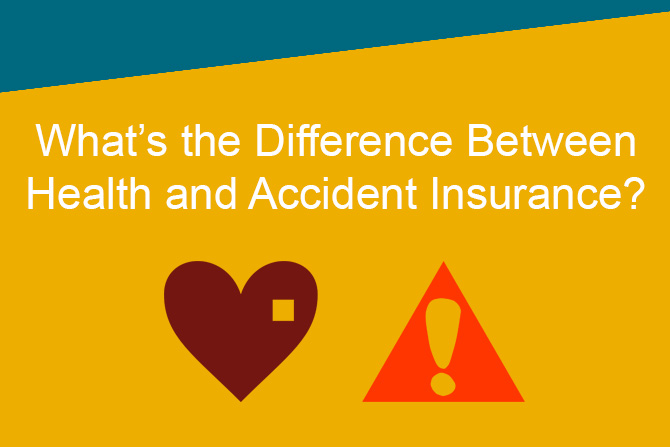Ancillary Coverage Options for Total Peace of Mind
November 07, 2020

We are all probably familiar with the kinds things that are covered under a general health insurance policy. But many of us may not be aware of additional types of coverage that may be available to address specific situations that could arise.
Broad health coverage is very important and can provide a wide range of benefits. But it may not be enough for peace of mind and financial security when major illnesses or accidents happen with treatment costs that can skyrocket. Often, a patient can incur significant financial vulnerability based on deductibles, co-pays, coverage limitations and network requirements under their existing medical insurance.
Various types of coverage that can be used to augment a broad-form policy come under the heading of “ancillary” coverage or benefits. This kind of coverage can be used to supplement existing coverages as well as to help protect those who are in between policies, have very limited existing coverage or are unable to afford general medical insurance.
The overall goal of these policies, or add-ons, is to help cover expenses that are not covered under a traditional major medical policy and/or to fill a “gap” created by a high deductible and other policy limits. These expenses can often be a nasty surprise and mount up very quickly.
What Kinds of Coverage Are Available?
Ancillary insurance can include:
- Supplemental medical/hospital
- Accident
- Critical illness
- Cancer
- Life
- Dental
- Vision
Accident insurance is similar in that it provides additional coverage for medical and out-of-pocket expenses resulting from an accidental injury. Such expenses might include emergency treatments, hospital stays, medical exams, transportation and lodging. These kinds of policies can often be obtained relatively quickly, are cancellable at any time and can have no deductible.
Critical illness insurance helps cover costs associated with serious conditions like cancer, heart attack, stroke, organ failure or organ transplant. Coverage can include lab tests, X-rays, surgical and recovery suites, surgical assistants and nurses, blood and other fluids, anesthesia, supportive equipment like crutches and at-home care.
Cancer insurance can help defray the potentially devastating costs associated with this disease. Coverage can include prescription medications, hospital stays and ER visits as well as a wide range of household and living expenses while off work. Be aware that a cancer insurance policy may be limited to a particular type of the disease.
Life insurance may be available through an employer. However, the benefit amount is often limited and may not be fully adequate for an individual’s needs. Additional coverage may be available through that employer, or a personal policy can be purchased. Factors to consider include age, existing financial resources, family obligations and careful planning for the needs of the surviving beneficiary.
Dental and vision insurance can be important, depending on an individual’s health profile. In addition to coverage for routine procedures like regular dental cleanings and eye exams, these visits are valuable as preventive care in catching conditions early that could become more severe (and expensive) later.
Guidelines for Individual Ancillary Coverage
In some cases, an employer may offer a menu of ancillary insurance options. However, there are many situations where an individual may want or need to purchase ancillary coverage on their own. Examples of such situations might include:
- Availability of plans with more favorable rates than offered by an employer
- Unemployment for more than three months
- Self-employment
- No longer covered by a parent's health care plan
- Over the age of 65
Coverage like this can be obtained for specific needs and conditions like those we outlined above. There may also be opportunities to bundle coverage to fit your individual profile and needs. In addition, you may be able to add ancillary riders to a broad health insurance policy you already have in place. You might even be able to add coverage like life insurance through your auto or home insurance carrier.
An important consideration for individual ancillary coverage is that it can typically be purchased at any time during the year, as opposed to only during an open enrollment period from an employer or marketplace. Benefit payments are typically made as a lump sum. And the coverage usually needs to be in place before a medical situation arises.
As with any important insurance-related decision like this, the first step is to clearly understand the details of any existing health insurance you may have in terms of what is and is not covered, deductible levels, reimbursement limits, etc. Then take a look at factors such as family history, age, lifestyle, occupation and your overall health profile.
KeenanDirect can help you determine how ancillary insurance would fit into your overall health and wellness goals. As a start, we invite you to learn more about our accident, critical illness and cancer insurance offerings.










